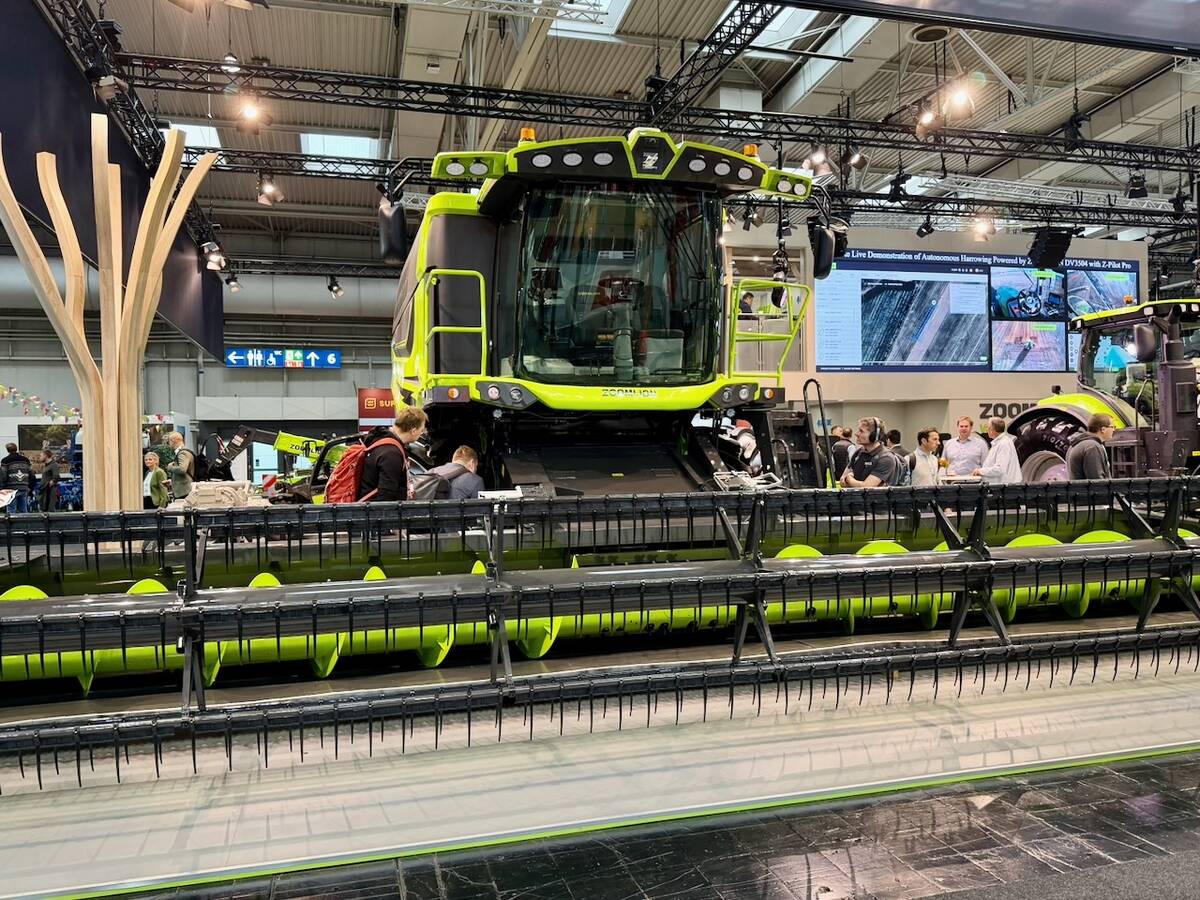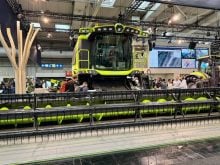At risk of upsetting the status quo of pro-and anti-Canadian Wheat Board attack letters, I write of something much more important.
Current methods of employing variable rate technology in fertilizer application in order to gain maximum economic benefit will continue the poor tradition of soil degradation. Underfertilizing areas of poor production is comparable to the oh-so-visible soil clouds of the 1930s and 1960s.
I realize most farmers are no longer using the plow and turning the soil black but the process that the plow accelerated still operates in our soils today. It is the process that continues soil degradation in areas where soil nutrients are under-applied.
Read Also

Agritechnica Day 3: Hybrid drive for a combine, data standards keep up to tech change and tractors of the year
Agritechnica 2025 Day 3: Hybrid drive for a combine, data standards keep up to tech change and tractors of the year.
Under-applying fertilizer to poor areas means more nutrients are taken from the soil organic matter rather than from fertilizer.
When soil nutrients are exported from soil without replenishment, nitrogen is mineralized from the soil organic matter. This causes organic matter to decline, resulting in less aggregate stability and water holding ability. Less aggregate stability increases risk of erosion, and less water holding ability decreases yield potential and increases leaching potential below the root zone.
Following the common VRT methodology of fertilizing poor areas poorly, this area would then be fertilized even less because of further reduced yield potential, and the circle would continue until these areas are completely unproductive and devoid of organic matter.
This variable rate methodology touts being able to react to field variability but it actually enhances this variability. Truly, a long-term approach to soil and crop management should seek to increase field uniformity and a return to a grassland-like equilibrium.
The search for soil uniformity may not be as flashy as yield maps, field imaging and new air drills but over time it is much more important.
In an agricultural society that loves to throw a little of product A and some of product B at problems, large scale changes in thought needs to occur. No magic bullet fertilizer, chemical or computer program will halt the effects of mineralization and in the long term, a healthy soil will trump those inputs.
This means long-term soil building should be included in management decisions, and chasing the almighty dollar a year at a time may not actually be the most profitable.…
Andy Kirschenman,Hilda, Alta.














